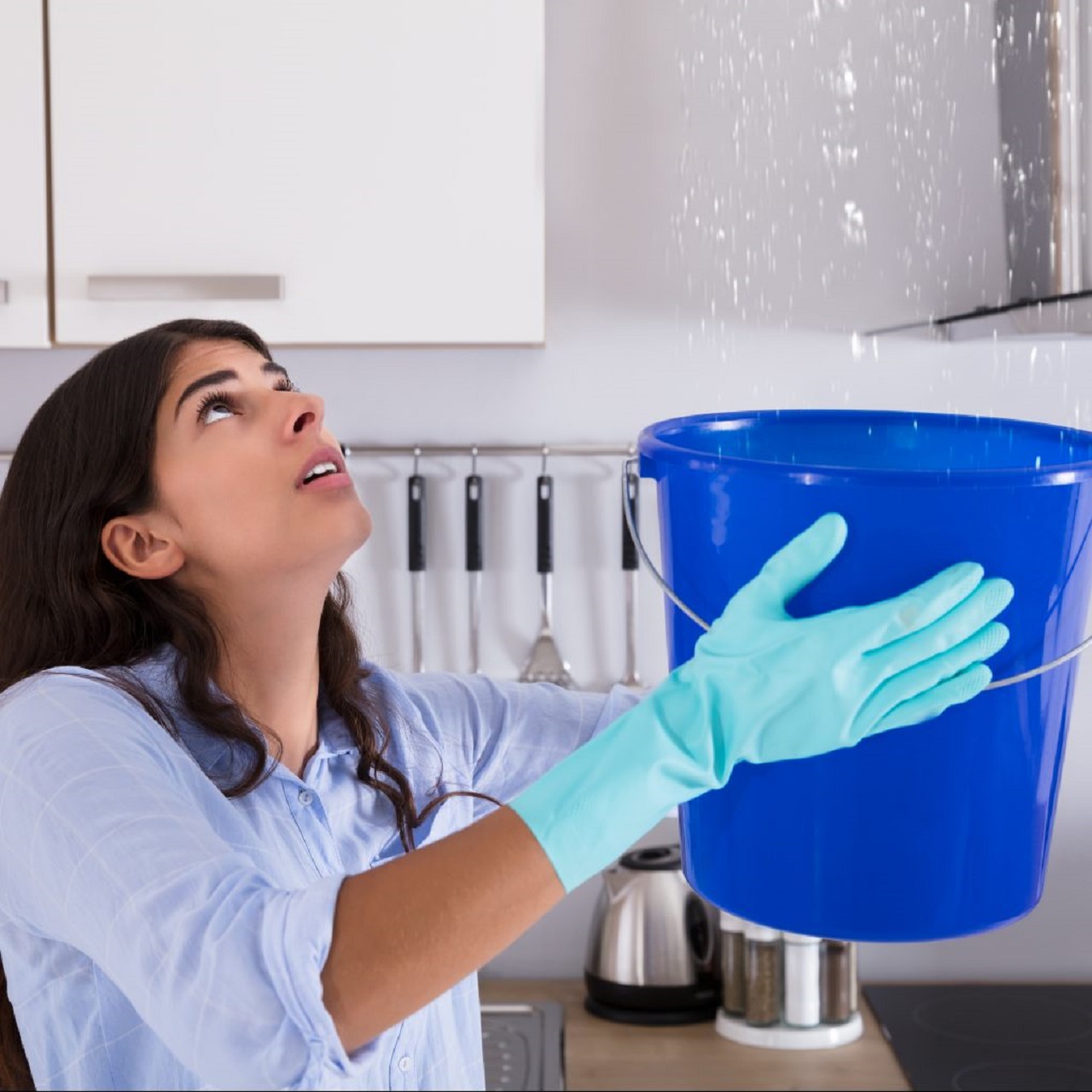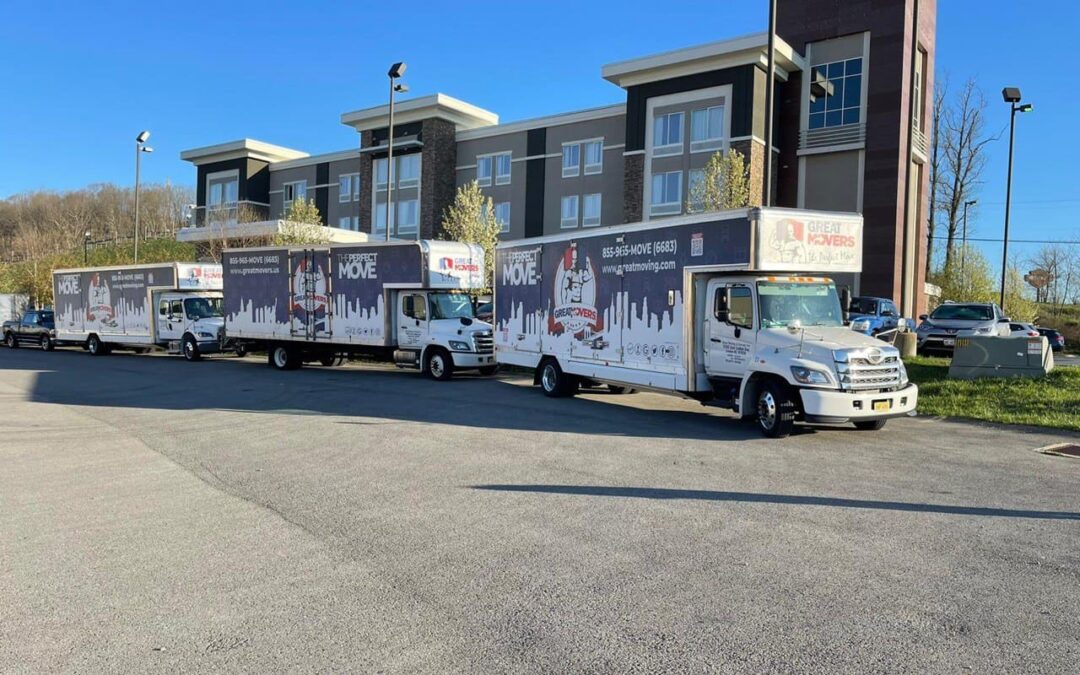After the flash floods tragedy from Tropical Storm Sandy, many people in New York City and New Jersey had to deal with flooded apartments. Even after the water receded, many residents still had to worry about repairs and potentially replacing damaged items. Of course, it’s not just heavy rainfall that can cause apartment flooding. There are plenty of other emergencies that can potentially cause serious issues.
While there’s not much you can do to mitigate the stress once your apartment floods, there are luckily a few things you can do to prevent it from happening. If all else fails, at the very least you’ll be prepared.
Common Causes of Flooding
Flooding can happen anywhere whether from extreme weather conditions or faulty piping. Common sources include:
- Heavy rain – NYC sewage and drainage system can handle rain fairly well, but it cannot deal with sudden torrential downpours. It only takes a few inches of rain in a short amount of time to lead to flash flooding.
- Clogged pipes – more often than not, plumbing is often the internal culprit when it comes to flooding. Clogged pipes mean water can’t drain properly, so it comes back up in sinks, bathtubs, or toilets. In apartment buildings, a clog in the apartment below you could backup your plumbing.
- Malfunctioning appliances – refrigerators and dishwashers can cause flooding when they have a leaky hose. Keep an eye on these appliances so you can catch them before something happens.
- Drainage basins – large cities like New York use concrete drainage basins, which don’t provide a place for groundwater to get absorbed. In heavy rains, the basins overflow, leading to street flooding which can spread to the first few floors of buildings
- Leaky roofs – A small crack in the roof can become an access point for water to drip down if it’s not addressed quickly. If you live on the top floor of your apartment building, be on the lookout for any signs of moisture or water damage on your ceiling. This could point to a much larger issue.
Pre-Flood Precautions
The best offense is a good defense. If you plan on moving to a new apartment, you should take the time to vet the areas where the potential apartments are located to see if it is known for flooding. Many low-lying areas in Queens and Brooklyn tend to flood even during normal rainfall! You can find maps of flood-prone areas online. Of course, there might be a reason why you want to move to that particular neighborhood. If you know you’re moving to a flood zone, avoid renting out basement and first-floor apartments.
When moving into a new place, ask the landlord if there have been any recent leaks in the building and what type. Many older buildings tend to have old, leaky pipes. Even if they choose not to answer, you should closely inspect different parts of the apartment for tell-tale signs of water damage such as:
- Dark or wet spots
- Crackling, bubbling, or flaking drywall or paint
- Damp, must, or moldy smell
- Sagging ceilings and walls
You should actively avoid apartments with water damage as it can lead to serious issues like rotted wood and black mold. And, of course, recent water damage on the walls or ceilings means there’s a leak that hasn’t been fixed yet.
If you have no plans on moving out of your apartment, you should at least have a plan in case your apartment floods. Find a spot where you can place important paperwork, electronics, and valuables to avoid potential water damage. For important documents, place them in a waterproof safety box or plastic sandwich bag. Keep electronics off the floor as much as possible and away from walls near the kitchen and bathroom. You’ll also want to have some tools handy like buckets, mops, sub-pumps, and a wet vacuum for clean up after the floods.
Of course, you might not always be home when a flood starts which means you might not be able to move everything to a safe space. One of the best investments you can make is to purchase renter’s insurance. While you aren’t legally required to purchase a policy, it can add an extra layer of protection to your valuables in the case of certain weather situations and backup water damage. Unfortunately, it does not cover flood damage from natural disasters so if you live in a flood-prone area you should also purchase flood insurance.
During the Flood
Whether you’re dealing with leaking pipes, overflowing sinks, or flooding from the apartment above, your first step is to find out where the water is coming from. Once you’ve identified the source, it might be possible to turn off the water source especially if it’s a leaky toilet or sink. If you can, turn off the water immediately and call your landlord or super to inform them of the issue. If they don’t respond in a timely manner, you might have to call a plumber yourself.
Things get a bit trickier if the leak is not coming from your apartment. In these cases, you’ll have to wait until the super gets in touch with you. You’ll still want to move everything away from the path of the water as quickly as possible. Depending on how heavy the water flow is, you can set up some buckets or large bowls to catch any water dripping from the ceiling. You could also use towels to soak water dripping from the walls. If the flooding is contained to a room, simply close the door and put a towel under the door to keep the water from spreading. You have an obligation to make every attempt to mitigate damage as much as possible so you’ll need to work fast!
For severe leaks, you should try to get in touch with your landlord, super, and building management as soon as possible. so they can help remove the water from your apartment. Move as much stuff out of the way as possible and do your best to keep the flood as contained as possible by using towels, buckets, etc. Hopefully, they will be able to find the source of the leak and at least provide a temporary fix as more water damage means higher repair bills. If you notice the water is dripping or leaking near an outlet, turn off the electricity to that section of the house to avoid shorting the fuse.
If the flood is from a hurricane or other disaster, make sure to get somewhere safe as soon as possible. Salvage what you can such as important paperwork and essentials like your computer and evacuate the apartment if necessary. Once you’re somewhere safe, you can figure out the next steps.
After the Flood
The stress doesn’t end once the water subsides. You’ll need to pick up the pieces and get things repaired and try to get back to normal. In the immediate aftermath of the flood, you should remove all the water you can using buckets, mops, towels, etc. The more you remove, the less you need to worry about mildew and mold. After that, throw out everything that you can’t save. If the flooding is from your pipes/sewage then you should throw out anything that has been soaked through including carpets and rugs. You should also clean and disinfect all surfaces including walls, floors and cabinets.
Once everything has been cleaned and dried, you should look through the terms of your lease as well as putting through insurance claims. In order to receive some compensation for repairs to your apartment and replacing items that were damaged by the water, you shouldn’t rush through this final step as it could mean losing out on thousands of dollars.
The first step after a flood is documenting all the damage that occurred. That includes sending clothes out for cleaning or calling repairmen if an appliance is damaged. It also includes any items you had to dispose of because of water damage. This is both for your insurance company and for your property manager. Take pictures of your damaged items as well as damage on any walls and ceilings. Be as thorough as possible as you don’t want to get stuck with the bill! Also, make sure you don’t throw out anything until an insurance adjuster comes out and documents the damage.
After that, you’ll need to establish responsibility. Damage to the building falls under the property owner’s insurance this includes the actual structure and anything that came with the unit such as appliances and carpets. In general, you are responsible for your personal property.
There are exceptions. If flooding happens because your property manager didn’t fix a known issue, they might be held liable for your personal property. You’ll have to prove that the property owner knew about this beforehand via emails, text messages, etc. Now, if you caused the flooding, you might have to pay for all the damage, including damage to the building. If you don’t think your actions caused the flood, you should consult a lawyer to avoid paying unnecessary damages.
You’ll want to make sure the property manager does a thorough inspection of your apartment, which includes checking behind the walls for hidden leaks or water. Make sure anything that is damp gets removed including soggy insulation and dry walling. This needs to be done within a month of the damage as otherwise mold can start forming.
You’ll notice immediately if there’s mold forming in your apartment by the smell. If you do smell it, find a professional who can come in and do a mold testing because your own observations won’t hold up in court. Sadly, there is no set procedure for dealing with mold in apartments despite this being a violation of habitability. That means the landlord can just bleach the area without fully resolving the issue. If it comes down to that, you will have to prove that the landlords didn’t address everything if you want to move out and break the lease.
If the damage to the flooded apartment makes it unlivable, you may be able to terminate the lease without any penalties. If the property owner has another, equivalent apartment, you could try and negotiate a move into that unit. You could also work out a temporary living situation until your apartment gets repaired. Just make sure to check your lease for the exact terms. If you can’t work something out with, you should find another place to live.
Conclusion
Flooded apartments can wreak havoc on your life and cost a lot of money. However, if you prepare yourself and have an action plan, you should be able to minimize damage. Whether you’re dealing with a leak or a deluge, some preparation can help you get ahead of potentially stressful situations.
FAQ
How much is renters insurance?
It depends on the amount you want to be insured and the insurance you use. In general, renters insurance can cost up to $200/year
Can I save water-damaged furniture?
It depends on the damage and what type of furniture. Solid wood furniture is more resistant to water damage. Just make sure to clean it thoroughly of dirt and mildew, then dry it completely.
My upstairs neighbor flooded my apartment, what do I do?
While frustrating, there are a few things you can do: Document all the damage including pictures and videos, Save everything you can and move items out of the way, Contact your landlord and insurance provider to inform them of the issue
How can I prevent my apartment from flooding?
As a renter, there isn’t too much you can do as you do not manage the entire building. However, there are a few things you can do: (1) Make sure all water faucets are turned off before leaving the house or going to bed, (2) Unclog sinks, showers, and toilets consistently to avoid larger issues. (3) Contact the landlord/property owner immediately when you notice potential water damage to get it fixed.






